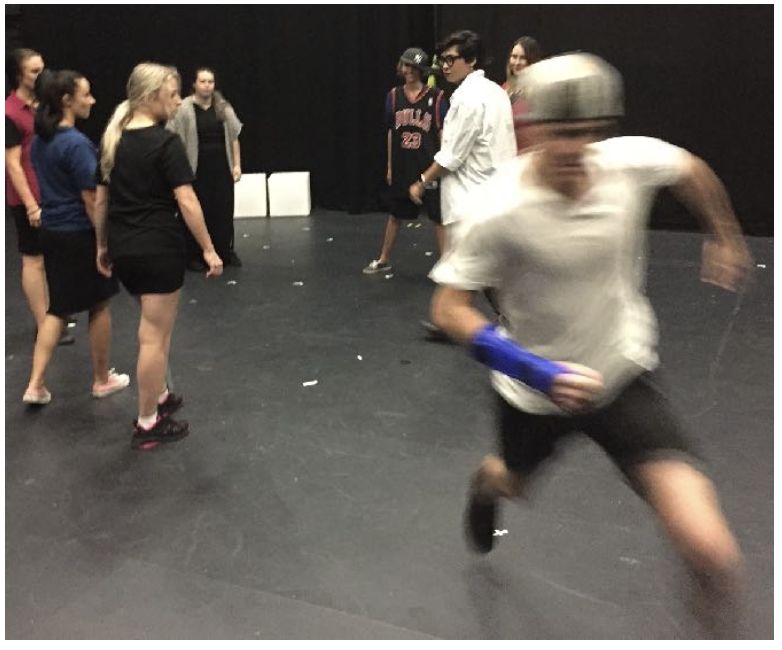Questions about inclusion for Drama Teachers in contemporary times
/A teacher found a beautiful and compassionate monologue based play written and performed by an aboriginal woman . It provided interesting acting challenges for her students. They had to make strong physical, vocal and movement choices. They had to use their dramaturgy skills to contextualise their choices to embody the role. It was accessible and relevant. She presented it to them to workshop acting, dramaturge and director roles.
The 12 girls in her class responded well to the challenge. She didn’t notice the looks exchanged between the 5 boys in her class.
As a reflective teacher, she was interested to read her student journals.
Some students questioned using a text that provided acting roles only for a single female character. Other students discussed the appropriateness of asking non-aboriginal actors to play an aboriginal character. Her one indigenous student who comes from a Western Australian Noongar identity, asked about playing a role based on Murri life.
The teacher began to question her assumptions. The text was theatrically compelling and offered challenges for her students. But she also realised that her focus on theatrically strong moments for her students maybe problematic.
The question of appropriation of culture is interesting, particularly in the week when it’s announced that on The Simpsons, characters of colour will no longer be voiced by white actors ("The Simpsons stops using white actors to voice non-white characters," 27 June 2020). Is it appropriate for non-aboriginal actors to portray indigenous roles? As drama educators we have come a long way from Laurence Olivier playing Othello in blackface (1965, check it out on the Internet).
It’s interesting if you think about it. If we extended the logic, could any Australian actor ever portray an Irish character or a character from Ibsen or Chekhov or Shaw where the roles are so deeply imbued with a national identity? It may be inappropriate for a caucasian actor to reach into the makeup kit to portray an Asian or Indian character but where is the line to be drawn?
We could ask questions of other plays that, for example, portray abuse of women. What are the implications of studying A Streetcar Named Desire (Williams, 1947) and the portrayal of Blanche and mental breakdown? And Stanley’s treatment of her?
If you extend this line of argument, are there any plays but the most innocuous that can be studied by drama students? There are some who would argue that school drama needs to be neutralised. The spirit of Thomas Bowdler lives on in contemporary times. ( Bowdler gives us the term bowdlerise which means to remove material that is considered improper or offensive from (a text or account), especially with the result that the text becomes weaker or less effective.) And many teachers tell of choices of self-censorship when it comes to choosing texts for students to work with.
What are your thoughts?
Where do you draw the line in the sand in the choices you make as drama teachers?
What are appropriate texts(see interesting discussion in Lambert, Wright, Currie, & Pascoe, 2016)?
Bibliography
Enoch, W., & Mailman, D. (1996). THE 7 STAGES OF GRIEVING. Brisbane: Playlab Press.
Lambert, K., Wright, P. R., Currie, J., & Pascoe, R. (2016). Performativity and creativity in senior secondary drama classrooms. NJ Drama Australia Journal, 40(1), 15-26.
The Simpsons stops using white actors to voice non-white characters. (27 June 2020). Retrieved from https://www.theguardian.com/tv-and-radio/2020/jun/27/the-simpsons-stops-using-white-actors-to-voice-non-white-characters
Williams, T. (1947). A Streetcar Named Desire: [a Play.]. New York, NY: New American Library.





